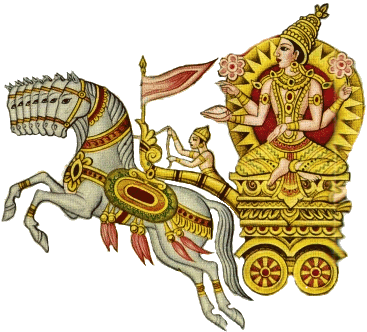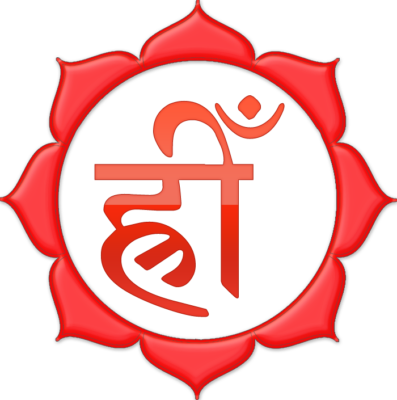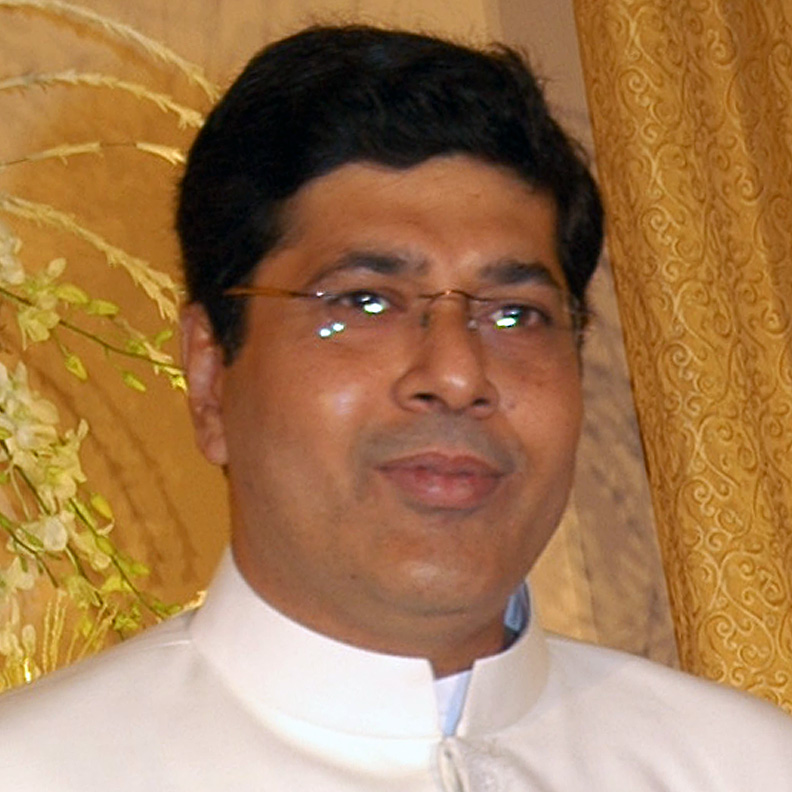Saṅkrānti #1: Introduction
संक्रान्ति saṅkrānti » Solar ingress into a vedic sign is called saṅkrānti but this is not limited to the Sun alone as is popularly believed. Passage of the sun or a planet from one sign or position in the heavens into another is the jyotiṣa meaning of saṅkrānti.
The word is composed of सं+क्रान्ति (saṅ+krānti) m.
① going from one place to another » like chara and is an important aspect of gochara. Animals and humans have this quality of gochara which animates them and brings another dimension of meanings into their lives.
② course or passage or entry into » this is the regular jyotiṣa understanding of movement of planets into signs and
③ transference to » when planets move from one sign to another, they transform into other entities, change their appearances, strengths, moods etc. Includes transferring or communicating [one’s knowledge to another], power of imparting [instruction to another].
④ Going together » union is indicated by the word. It implies a complete change of relationships and world around. Like a bride going away with the groom after marriage – here, marriage being the ‘śukra saṅkrānti of life’
⑤ Imitation, reflection » perhaps the greatest change that occurs is to the image, the form – it undergoes a radical transformation. This is the ārūḍha which changes due to saṅkrānti of graha.
These five meanings of saṅkrānti give an extremely broad definition to the word but not complete as a study of the root words सं+क्रान्ति is required.
 Sūrya Saṅkrānti – Āditya
Sūrya Saṅkrānti – Āditya
Since there are twelve signs, the ingress of the Sun into them will cause twelve saṅkrānti in a year. The Sun transits the rāśi border on a particular date – should this be the first day or the last day of the month? Do we celebrate the birth of a new Sun like Indra or do we lament the death of an āditya like Ṛṣi Kaśyapa? Do we follow the Vaiṣṇava way and call this a new beginning or do we follow the Rudras and call it an ending like Kaśyapa lamenting to Rudra for death of his son.
| For most of India including Odisha, Andhra Pradesh, Telangana, Tamil Nadu, Kerala, Karnataka, Maharashtra, Gujarat and Punjab this is taken as the first day of the solar month of the jyotiṣa calendar. This follows all standard jyotiṣa classics on reckoning of the jyotiṣa calendar. | However, the NE region including Bengal, Assam treat this as the last day of the month. They follow the Rudras and ṛṣi in lamenting the loss of an illustrious āditya, they celebrate his great deeds. |
Even these states who follow the saṅkrānti as start of month have their divergent views on which vāra (vedic day) is really ‘holding the saṅkrānti’. We discuss some of these issues during MSP-3
New Year Dilemma
Further, there is no similarity in which is the first month of the twelve years? Each state regards one particular month (āditya) as the chief of months, and celebrates that particular saṅkrānti as the new year. Here is an example –
2021 Saṅkrānti Calendar
| Date | Saṅkrānti | Āditya | Festival |
| Wednesday, 14 April | Meṣa ~ | Dhātā | Punjab, Delhi, Haryana – Baisakhi
Odisa – Paṇā Saṅkrānti (śaiva) |
| Friday, 14 May | Vṛṣabha ~ | Aryaman | |
| Tuesday, 15 June | Mithuna ~ | Mitra | |
| Friday, 16 July | Karka ~ | Varuṇa | |
| Tuesday, 17 August | Simha ~ | Indra | Kerala – Vishu festival starts ‘Chingam’ (badly pronounced siṅghaṁ) māsa |
| Friday, 17 September | Kanyā ~ | Vivasvān | Viśvakarma Puja » celebrated by labour, artists – śūdra dharma |
| Sunday, 17 October | Tula ~ | Pusan | |
| Tuesday, 16 November | Vṛścika ~ | Parjanya | |
| Thursday, 16 December | Dhanus ~ | Aṁśa | |
| Thursday, 14 January | Makar ~ | Bhaga | Tamil Nadu – Pongal, Poṅkal or even Thai Poṅkal » both for uttarāyana and Makara māsa
Universally celebrated as Makara saṅkrānti due to ‘uttarāyana’ transit of Sun |
| Friday, 12 February | Kumbha ~ | Tvaṣṭṛ | |
| Sunday, 14 March | Mina ~ | Viṣṇu | *Yugādi celebrations » Jagannāth |
Note that Ugādi (badly pronounced Yugādi) is the New Year’s Day for the States of Andhra Pradesh, Telangana and Karnataka in India; in Odisa and rest of India they do call it Yugādi and other festival names. But that is based on the first day of the Hindu lunisolar ‘amānta’ calendar Chaitra māsa – typically in March-April time frame. The first nine days of the calendar of Chaitra are the celebrated Durgā Puja ending with the birthday of Śrī Rama (navamī).

 Sanjay Rath belongs to a traditional family of astrologers from Bira Balabhadrapur Sasan village of Puri, Orissa, which trace their lineage back to Shri Achyuta Das (Sri Achyutananda). His grandfather, the late Pandit Jagannath Rath, was the Jyotish Ratna of Orissa and authored many books on Jyotish. He began his studies at a tender age, and received the depth of Jyotish only found among those who have been trained in the ancient traditional way of the parampara.
Sanjay Rath belongs to a traditional family of astrologers from Bira Balabhadrapur Sasan village of Puri, Orissa, which trace their lineage back to Shri Achyuta Das (Sri Achyutananda). His grandfather, the late Pandit Jagannath Rath, was the Jyotish Ratna of Orissa and authored many books on Jyotish. He began his studies at a tender age, and received the depth of Jyotish only found among those who have been trained in the ancient traditional way of the parampara.